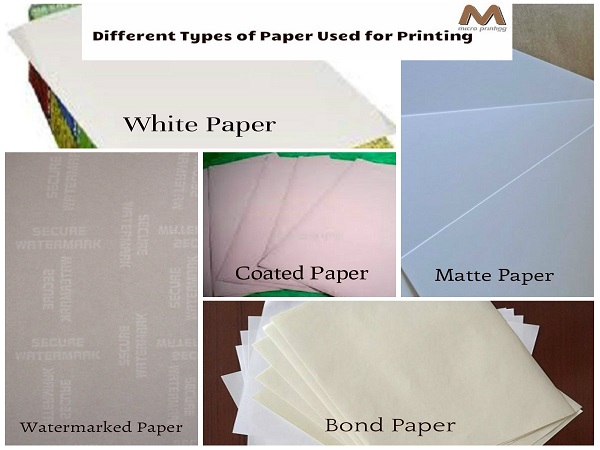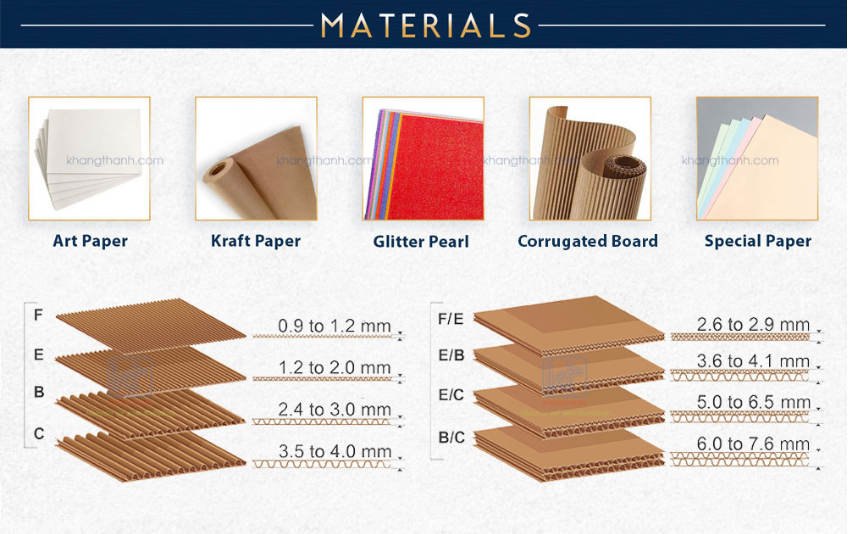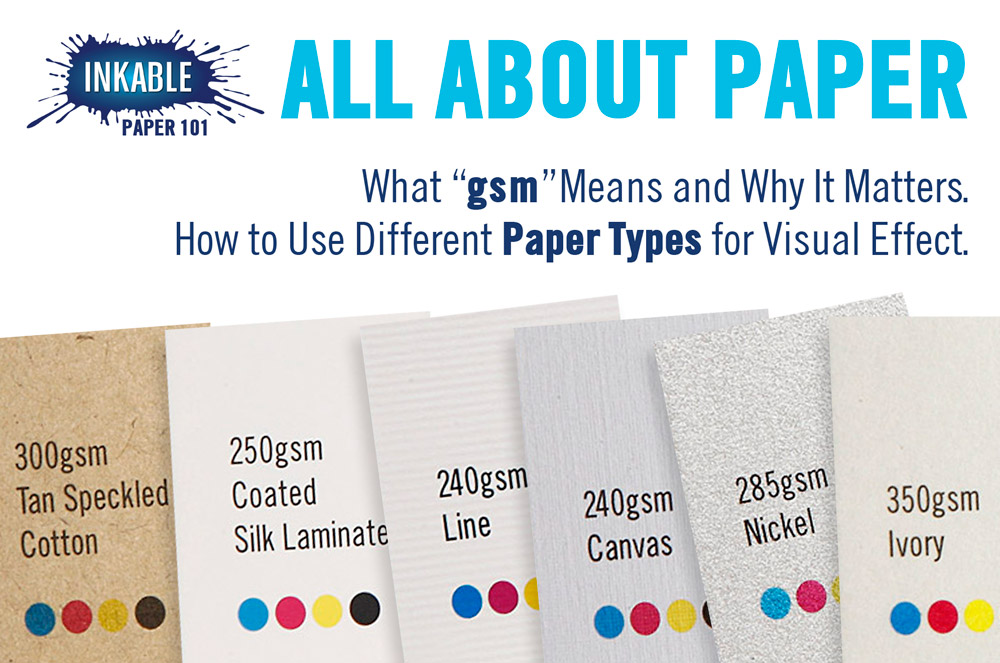Types of Offset Paper: What Are the Main Varieties?
Types of Offset Paper
Offset printing remains one of the most popular and cost-effective methods for producing high-quality prints. To achieve optimal results in offset printing, it is crucial to select the right type of paper. In this comprehensive guide, we will explore the different types of offset paper available in the market, the factors that impact their suitability for printing, and the advantages and disadvantages of using specific types of papers for offset printing.
When it comes to offset printing, understanding the types of offset paper is essential. There are various types of offset paper, each designed to meet specific printing needs. The types of offset paper range from coated to uncoated options, each offering unique benefits depending on the print job requirements. Coated types of offset paper are known for their smooth finish and ability to produce sharp images and vibrant colors. On the other hand, uncoated types of offset paper provide a more natural feel and are ideal for text-heavy documents.
Selecting the appropriate types of offset paper is influenced by several factors. The weight and thickness of the paper play a significant role in determining the final print quality. Heavier types of offset paper are generally more durable and can withstand handling better, making them suitable for products like business cards and postcards. Lighter types of offset paper, while more economical, might be better for items like brochures and flyers where flexibility and cost are important considerations.
Another important aspect to consider when choosing types of offset paper is the paper’s brightness and opacity. Brightness affects the contrast and readability of the printed material, while opacity ensures that text and images do not show through to the other side. High-brightness types of offset paper are perfect for projects that require crisp, clean text and images, while high-opacity types of offset paper are essential for double-sided printing to prevent any bleed-through.
Additionally, environmental considerations are increasingly important in the selection of types of offset paper. Recycled types of offset paper and those certified by environmental organizations can reduce the environmental impact of printing projects. These eco-friendly types of offset paper are not only sustainable but also offer excellent print quality.
In conclusion, the success of an offset printing project heavily depends on choosing the right types of offset paper. By understanding the various types of offset paper, their properties, and how they affect the final printed product, one can make informed decisions to achieve the best possible results. Whether it’s for a high-end marketing campaign or everyday office printing needs, selecting the suitable types of offset paper ensures that the prints are of the highest quality and meet the intended purposes effectively.
Understanding Different Types of Offset Paper
What are the main types of offset paper available in the market?
Offset printing relies on three main steps: creating a metal plate, inking the plate, and transferring the ink onto the paper. The choice of paper plays a significant role in the overall print quality. The main types of offset paper commonly used are:
- Uncoated Paper: This type of paper has no coating on its surface, offering a natural look and a tactile feel. It is commonly used for books, trade paperbacks, and letterheads.
- Gloss-Coated Paper: Gloss-coated paper has a shiny surface that enhances color vibrancy and produces sharp images. It is commonly used for magazines, brochures, and catalogs.
- Matte-Coated Paper: Matte-coated paper has a flat, non-reflective surface that minimizes glare and provides a smooth finish. It is ideal for reports, posters, and invitations.
How do thickness, finish, brightness, and coating impact the suitability of offset paper for printing purposes?
When choosing offset paper, several factors need to be considered: thickness, finish, brightness, and coating.
Thickness:
The thickness of offset paper is measured in grams per square meter (gsm). The weight options range from 60-100 gsm for lightweight papers used in brochures, 100-200 gsm for medium-weight papers used in brochures and business cards, and 200+ gsm for heavyweight papers used in invitations and packaging. The thickness of the paper impacts its durability and visual appeal.
Finish:
The finish of the paper refers to its surface texture. Smooth papers are ideal for high-resolution images and designs, as they allow for precise details. Textured papers add depth and visual interest to prints. Common textured finishes include wove, linen, and laid.
Brightness:
The brightness of offset paper refers to how much light it reflects. Brightness is measured on a scale of 0-100, with higher numbers indicating greater reflectivity. White paper is considered neutral, while colored papers can add visual interest. It is important to consider the desired contrast with the design and branding guidelines when choosing the paper’s color.
Coating:
Coated papers have a layer of coating applied to their surface, which affects their print quality and durability. Coated papers enhance color vibrancy and produce sharper images. Uncoated papers, on the other hand, offer a more natural feel and writability. The choice between coated and uncoated paper depends on the desired aesthetics and the type of print project.
What are the advantages and disadvantages of using uncoated, gloss-coated, and matte-coated papers for offset printing?
Each type of offset paper has its own advantages and disadvantages, making them suitable for different printing projects.
Uncoated Paper:
Advantages:
- Offers a natural look and a tactile feel
- Writable surface
- Suitable for text-heavy projects like books and letterheads
Disadvantages:
- Less vibrant color reproduction compared to coated papers
- More prone to smudging and fingerprints
Gloss-Coated Paper:
Advantages:
- Enhances color vibrancy and produces sharper images
- Ideal for visually striking projects like magazines, brochures, and catalogs
Disadvantages:
- Prone to glare, which may affect readability under certain lighting conditions
Matte-Coated Paper:
Advantages:
- Minimizes glare for easier reading and better visibility
- Suitable for reports, posters, and invitations
Disadvantages:
- May result in slightly duller colors compared to gloss-coated paper
In conclusion, the choice of offset paper is crucial in achieving high-quality prints in offset printing. Factors such as paper thickness, finish, brightness, and coating play a significant role in determining the suitability of the paper for specific printing projects. Understanding the advantages and disadvantages of different types of offset paper allows for informed decision-making and ensures the desired result in offset printing projects.
Choosing the Right Offset Paper for Printing Projects
When it comes to offset printing projects, choosing the right type of paper is crucial. Factors like weight, texture, color, and coating all play a significant role in achieving optimal print quality and desired outcomes. In this section, we will explore the various considerations involved in selecting offset paper and discuss the optimal paper weight options for different types of printing projects.
Factors to Consider in Choosing Offset Paper
Before diving into the specifics of paper weight options, let’s first understand how factors like weight, texture, color, and coating impact the choice of paper for offset printing projects.
1. Weight: The weight of the paper refers to its thickness and is measured in grams per square meter (gsm). Heavier paper typically feels more substantial and durable, while lighter paper is easier to handle and is suitable for projects that require distribution.
2. Texture: The texture of the paper refers to its surface feel. Smooth papers are ideal for projects that require high-resolution images and sharp details. On the other hand, textured papers add depth and visual interest to designs, making them a popular choice for projects that call for a unique look and feel.
3. Color: The color of the paper can greatly impact the overall appearance of the prints. White paper is versatile and suitable for a wide range of projects. Colored papers, on the other hand, can add visual interest but may also affect color accuracy. It is important to consider the contrast with the design and branding guidelines when selecting the paper color.
4. Coating: Coating refers to a layer applied to the surface of the paper. Coated papers are known for enhancing color vibrancy and providing a glossy or matte finish. They are often chosen for projects that require vibrant and sharp images. Uncoated papers, on the other hand, offer a natural and tactile feel. They are often used for projects that require writability, such as books and reports.
Paper Weight Options for Different Printing Projects
The optimal paper weight for offset printing depends on the specific ty
FAQs about Types of Offset Paper:
What are the main types of offset paper available in the market?
To understand the types of offset paper available, it’s essential to know that the main categories are uncoated paper, gloss-coated paper, and matte-coated paper.
How do thickness, finish, brightness, and coating impact the suitability of offset paper for printing purposes?
When determining the best offset paper for printing, consider that thickness, finish, brightness, and coating all play a role in enhancing print quality and durability.
What are the advantages and disadvantages of using uncoated, gloss-coated, and matte-coated papers for offset printing?
For offset printing, each type of paper has its benefits and drawbacks: uncoated paper offers a natural look but might smudge, gloss-coated paper enhances color vibrancy but may cause glare, and matte-coated paper minimizes glare but might result in slightly duller colors.
What factors should be considered when choosing offset paper for different printing projects?
When selecting offset paper for various projects, factors such as weight, texture, color, and coating should be carefully considered to ensure the desired print quality and visual impact.
After diving deep into offset paper types and choosing the right one, it’s clear: picking the perfect paper is key for top-notch printing. Whether you go for uncoated, gloss-coated, or matte-coated papers depends on the project. Remember, texture, weight, and color influence the final outcome significantly. By understanding these nuances, you’ll elevate your prints to the next level. So, next time you’re printing brochures, business cards, or packaging, think beyond the ink – the paper matters too!




